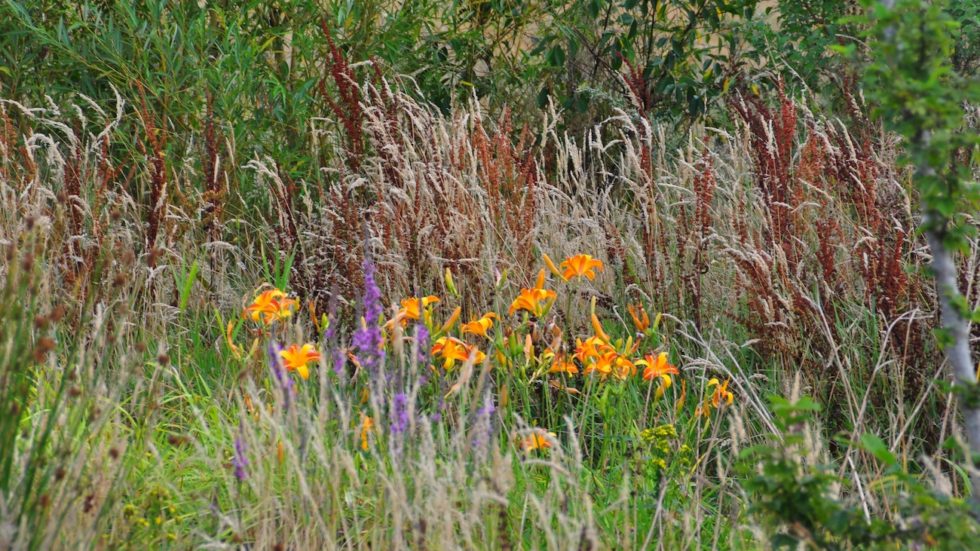Macro wrote:VetusLignum wrote:Macro wrote:I don't have the physical capacity to deal with this manually at the moment... So it will be mechanized clearing and certainly done by an agricultural work company...
So you're going to have the existing fruit trees destroyed along with the rest?
They died at 90% 20 years ago the land had been sold to naives who hoped to build their house on it while this land was and is still classified as a flood zone (no one has ever seen the slightest flood there but hey it's like that)... they had started skidding the land the trees were cut at the foot and we made wild regrowth which no longer gave any fruit (it was certainly grafted trees) maybe an apple tree that was in bad shape a rustic variety but all the rest is either dead or returned to the state of rootstock ... Oaks have grown in the middle and especially thorns up to 5 meters high ... in short a jungle
I don't think we'll teach you anything, but it never hurts to repeat it: a tree, it takes 10 years to have roughly a tree stump. Before, it's not great visually nor "shady" speaking. You have to think carefully when you cut down a tree, it is an act with "10 years of scope", or even more, depending on the size of the cut tree in question.
Without posing as a lesson giver, but rather to feed a reflection:
- the rootstocks, they have survived so far without any intervention. Using it precisely as a rootstock, even if it means grafting at 1,5m high, would perhaps allow you to maintain a root system, and to have in just a few years a visually much nicer tree.
- brambles/other troublesome things, it can be maintained in hedges around the perimeter of the area... especially brambles which give blackberries, if there are any

-the oaks, it's beautiful, it's robust, it makes "return points" to attach a rope (climbing liana but also hammock or children's swing!!)



